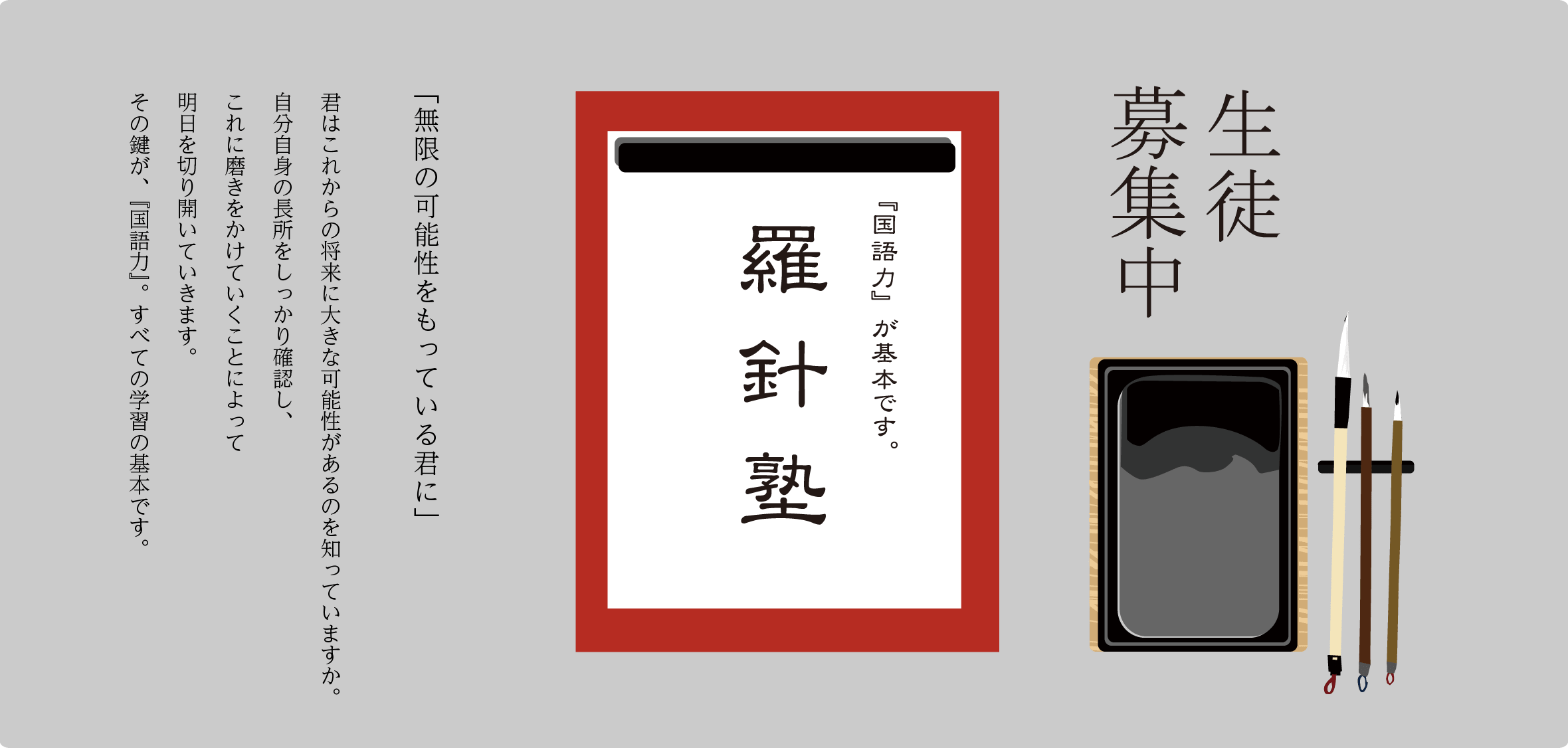長崎市五島町にある羅針塾 学習塾・幼児教室 https://rashinjyuku.com/wp では、日本人として当然のことですが、しっかり挨拶をすることができることを重視しています。子供さん達が長じて社会に出たときに、挨拶、言動・行動にメリハリのある人となってもらいたいと考えるからです。人前で、しっかり声を出すことは元気あることの物指しです。
さて、英語と歴史を同時に学ぶ」シリーズです。第4章 近代の日本と世界(1) 幕末から明治時代 第1節 欧米諸国のアジア進出 の続きになります。http://www.sdh-fact.com/CL02_2/Chapter%204%20Section%201,%202.pdf
Europe’s Industrial Revolution
The dawn of the eighteenth century brought changes to the daily lives of the peoples of Europe. Traditional woollen fabric fell out of favor, and people instead began to wear clothing made of cotton imported from India. Cotton was not only lighter and more durable than wool, but also cheaper and more sanitary. It became so popular that the production of cotton garments, which were hand woven with simple tools, could not keep pace.
In the face of this mounting demand, a variety of new machines were invented in late-eighteenth century Great Britain to quickly mass-produce cotton textiles. There were both spinning machines to create thread and weaving machines to manufacture the garments. To generate the energy needed to run the new machines, more powerful coal-burning steam engines were developed. People clustered in large factories and worked in groups alongside the machines. Productivity rose dramatically, fulfilling the needs of society and even generating new demand. These remarkable advances in the production process are referred to as the Industrial Revolution.3
*3=Great Britain was once an agrarian society with a vast rural countryside traversed only by quiet, horse-drawn carriages. However, the Industrial Revolution transformed Great Britain into an industrial society crisscrossed by iron railway tracks and dotted with great cities filled with smoke-belching factories.
Over the course of the nineteenth century, France, Germany, and the United States experienced their own industrial revolutions. After having undergone both industrial and people’s revolutions, the Western nations sought to expand their power worldwide.

イギリスの産業革命 1840年ごろのシェフィールドの製鉄工業。煙突から出る煙で空がどんより曇っている。
ヨーロッパの産業革命
18世紀になると、ヨーロッパの人々の生活に変化が起こった。人々は従来の毛織物に変わって、インド産の木綿を原料にした軽くて丈夫な綿織物の衣服を好んで着用するようになった。綿製品は、衛生的で安価なことでも人気があり、簡単な道具を用いた手作業では、生産が間に合わないほどだった。
このような需要を背景に、18世紀の後半にイギリスでは、綿糸を作る紡績業や、綿糸で布を織る綿織物業の分野で、素早く大量に製品を製造できる機械が次々と発明された。また、石炭を燃料とする蒸気機関も改良され、紡績機や織機など動力として用いられるようになった。人々は大きな工場に集められ、機械のそばで集団で働いた。生産力は飛躍的に増大し、社会の需要を満たすとともに、新しい需要を作り出していった。このような生産方法の大革命を産業革命*3という。
*3=かってのイギリスは、田園が広がり、馬車がのどかに行き交う農業中心の社会だった。しかし、産業革命の結果、黒い煙を吐き出す工場が立ち並ぶ都市が出現し、鉄道も発達して、工業中心の社会に変化していった。
産業革命は、19世紀にはフランス、ドイツ、アメリカにも広がっていった。市民革命や産業革命を達成した欧米の国々は、世界各地に進出する動きを加速させた。

ランカシャーの織物工場 蒸気機関の導入で様々な生産工程が動力化された。

綿織物の輸出額の推移 産業革命とともに、インドからの製品輸出はほとんど消滅している。
・・・現在も政治経済分野で時折問題となる国際通商摩擦の起点が「産業革命」にあったのですが、小・中学生の歴史の教科書で「産業革命」を学んでも直ぐには理解できません。子供さん達には、分野を問わず様々な事柄や知識を身につけてほしいものです。多くの知識を得ることは、物事を論理的に考えたり判断する際に、大きな力となります。マス・メディアやインターネット、様々な書物から学ぶことは多々ありますが、比較検討してわが身に取り入れる術を、子供さん達は物心が付いてから学んでいかなければなりません。








